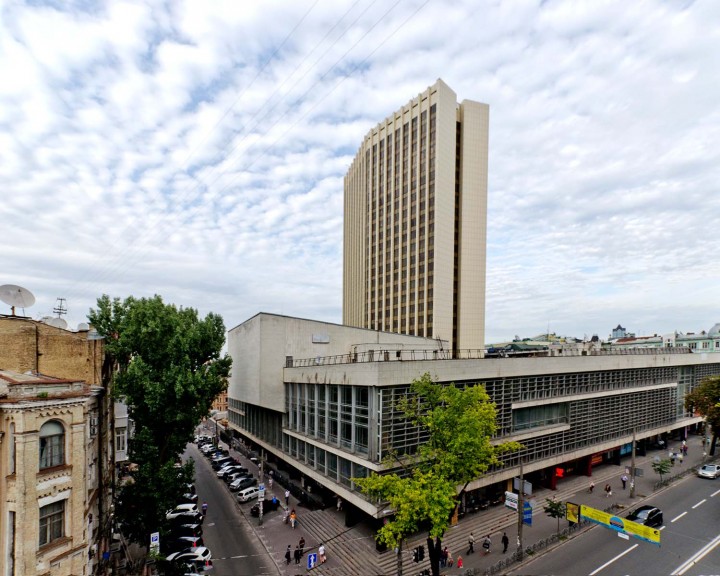Inaugurated on September 8, the Kyiv Biennial 2015 aims to present a new format that integrates exhibitions and sites of public reflection. Flash Art talked with co-curator Georg Schöllhammer.
The Biennial takes its title, “The School of Kyiv,” from its venues, six of which are actual schools. The project seems driven by a desire to explore two somewhat abstract concepts: education and modernism. Do you agree?
These paradigms have been of core relevance. A majority of the egalitarian, enlightened projects of modernity and modernism have remained fragmented. Some of these utopias failed catastrophically. Many of the structures, forms and successes that we associate with modernity seem to have disappeared or radically changed in meaning. The ways in which cultures and societies have modernized and are modernizing seem to be as different as the rates of transformation, the economic ideas, the cultural images and the social actors that are behind the processes of modernization.
“The School of Kyiv” intends to look into developments that have shifted or broken off, and to explore alternative or parallel situations for dealing with unanticipated connections between spaces and practices — connections that have not been conceived from the perspective of an enlightened, globalist universalism of Western coinage, nor from a cynical postmodern relativism, but rather from situations that are produced by the specific circumstances of local yet intertwined and by all means emancipatory and utopian aspects of modernity.
What are the differences between curating a biennial, editing a magazine like Springerin, organizing an art fair like the ViennaFair, or being involved in activities related to the Erste Foundation — like Tranzit and Kontakt — the cultural branches of the largest Austrian bank?
These are all specific and situated tasks requiring specific approaches. On the one hand, it is a question of developing a parallel and more horizontal history of art, which does more than simply accredit the great canons. The hope is that the great canons can be brought into dialogue so that, finally, they are able to perceive the marginal phenomena lying alongside them, because it represents not a sedimentary layer but also the apex of knowledge of a respective structural layer. To work and write against the banalizing forces of the global art markets still remains an option in all of these positions. The hope is that working perpetually in these different modes will not, in the long run, be without effect.
What is the current state of democracy in Ukraine? Can art make a difference in this tumultuous political situation?
Rancière once stated that we must think of the future as the outcome of the possibilities created and the capacities enhanced in the present rather than framing it as the goal of determining what has to be done in the present. “The School of Kyiv” is about asking where we can find examples of what we might call, to use an antiquated term, emancipatory alternatives! We see a vivid democratic struggle among the people of Ukraine, its society. Especially young people who are working with and visiting the Biennial articulate an interest in other forms of organization. For us, the curators, it is a very positive sign of a vivid, democratic understanding of the situation.

